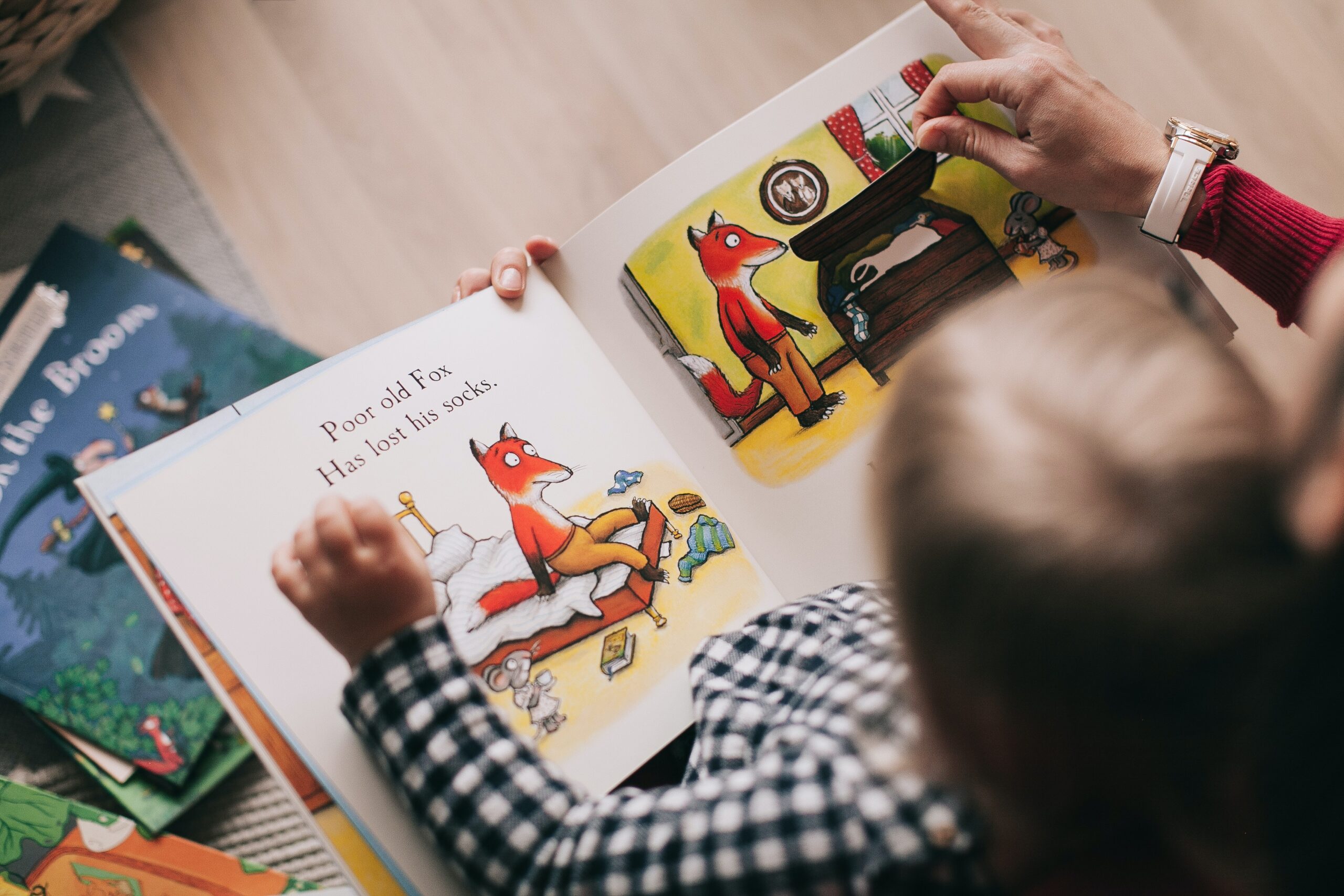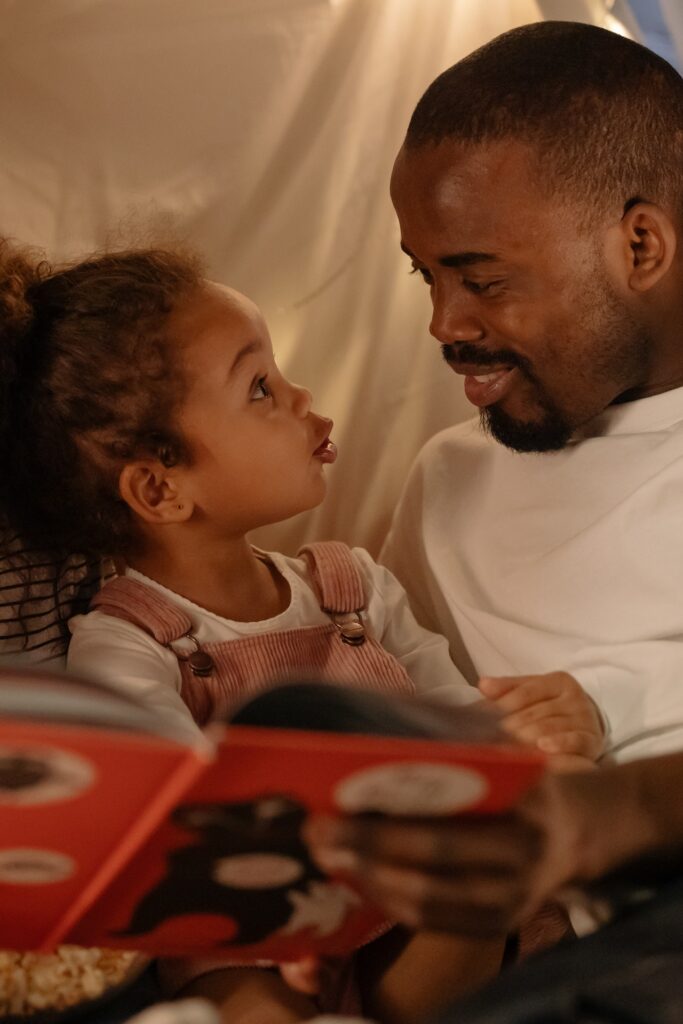7. Visit the Library
Libraries are a treasure trove of books and resources. Take your child to the library regularly where they will be exposed to hundreds of books. Many libraries offer story-time sessions, which can be a fun and social way for your child to enjoy stories with their peers.
8. Let them Choose
Allow your child to pick out books that interest them. While you might have a list of recommended reads or books you love from your own childhood, giving them the freedom to choose instills a sense of independence and excitement of reading.
4. Be a Role Model
Children learn by example, so let them see you reading. Whether it’s a book, magazine or even a kindle, modelling a reading habit reinforces the importance of reading. Encourage other family members to join in, taking turns to read aloud.
5. Choose Engaging Books
Select books that captivate your child’s imagination. For babies and toddlers, choose interactive books with textures to touch, flaps to lift or sounds to hear. As they grow, introduce age-appropriate stories that match their interests and level of understanding.
6. Encourage Interaction
Select books that captivate your child’s imagination. For babies and toddlers, choose interactive books with textures to touch, flaps to lift or sounds to hear. As they grow, introduce age-appropriate stories that match their interests and level of understanding. Engage your child during story-time by asking open-ended questions, like “What’s happening?” or “Who’s that?” Encourage them to express their thoughts and develop their imagination, fostering their critical thinking skills.








